Feeding birds in your backyard can be a delightful experience, bringing nature closer to home. However, certain common mistakes can deter our feathered friends or even harm them. Let’s explore eight bird feeder missteps you might be making and how to correct them.
Neglecting Feeder Maintenance
A dirty feeder isn’t just unappealing; it can be a breeding ground for harmful bacteria and mold. Birds can fall ill from consuming spoiled seeds or contaminated surfaces. Regular cleaning is essential to ensure the health of visiting birds. Aim to clean your feeders at least once every two weeks, or more frequently during wet weather. Use a solution of one part vinegar to nine parts water, scrub thoroughly, rinse well, and let the feeder dry completely before refilling. This routine helps prevent disease and keeps your backyard visitors happy and healthy.
Offering the Wrong Type of Food
Not all birdseed is created equal. Low-quality mixes often contain fillers like milo or wheat, which many birds discard, leading to waste and potential rodent problems. Investing in high-quality seeds can make a significant difference. Black oil sunflower seeds are a favorite among many species due to their high energy content. Nyjer seeds attract finches, while suet is excellent for woodpeckers and nuthatches. Tailoring your offerings to the birds in your area will result in a more vibrant and diverse backyard bird community.
Poor Feeder Placement
Location matters when it comes to bird feeders. Placing feeders too close to windows can lead to collisions, while positioning them near dense shrubbery might provide cover for predators like cats. Ideally, place feeders about 10-12 feet away from natural cover, such as trees or shrubs, allowing birds a quick escape route if threatened. Ensure the area is quiet and free from heavy foot traffic to make birds feel safe. Additionally, avoid placing feeders too close to each other to reduce competition and aggression among birds.
Inconsistent Feeding Schedule
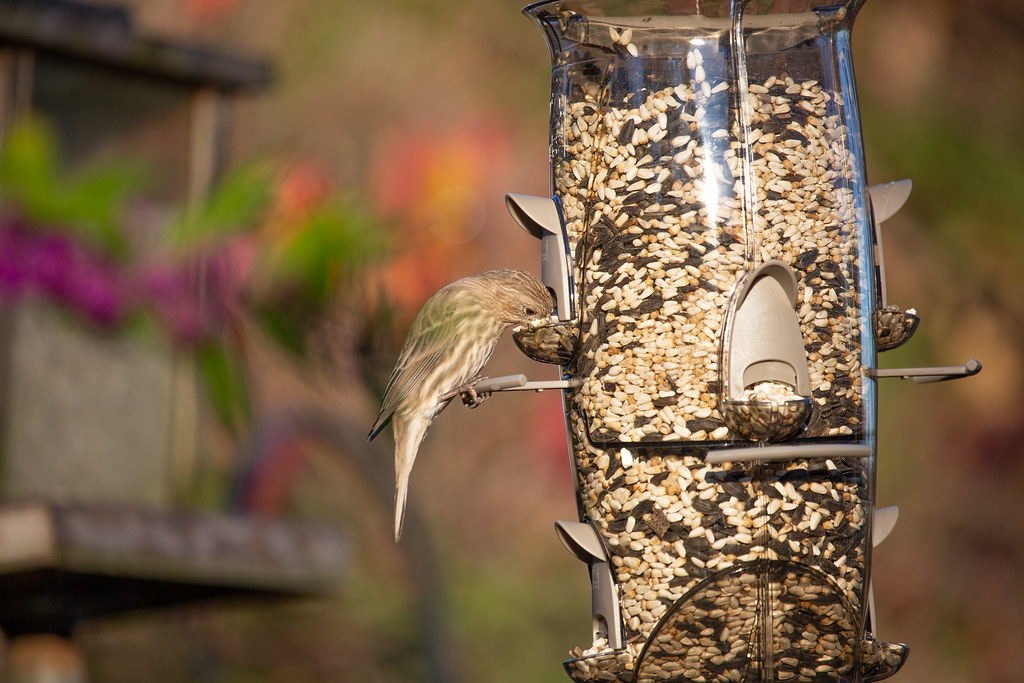
Birds are creatures of habit and quickly learn where reliable food sources are. If feeders are frequently empty, birds may seek sustenance elsewhere. Maintaining a consistent feeding schedule, especially during harsh weather or migration periods, ensures that birds can depend on your yard as a food source. Regularly check and refill feeders, and consider increasing food availability during winter months when natural resources are scarce. This consistency not only supports the birds but also enhances your bird-watching experience.
Ignoring Water Sources
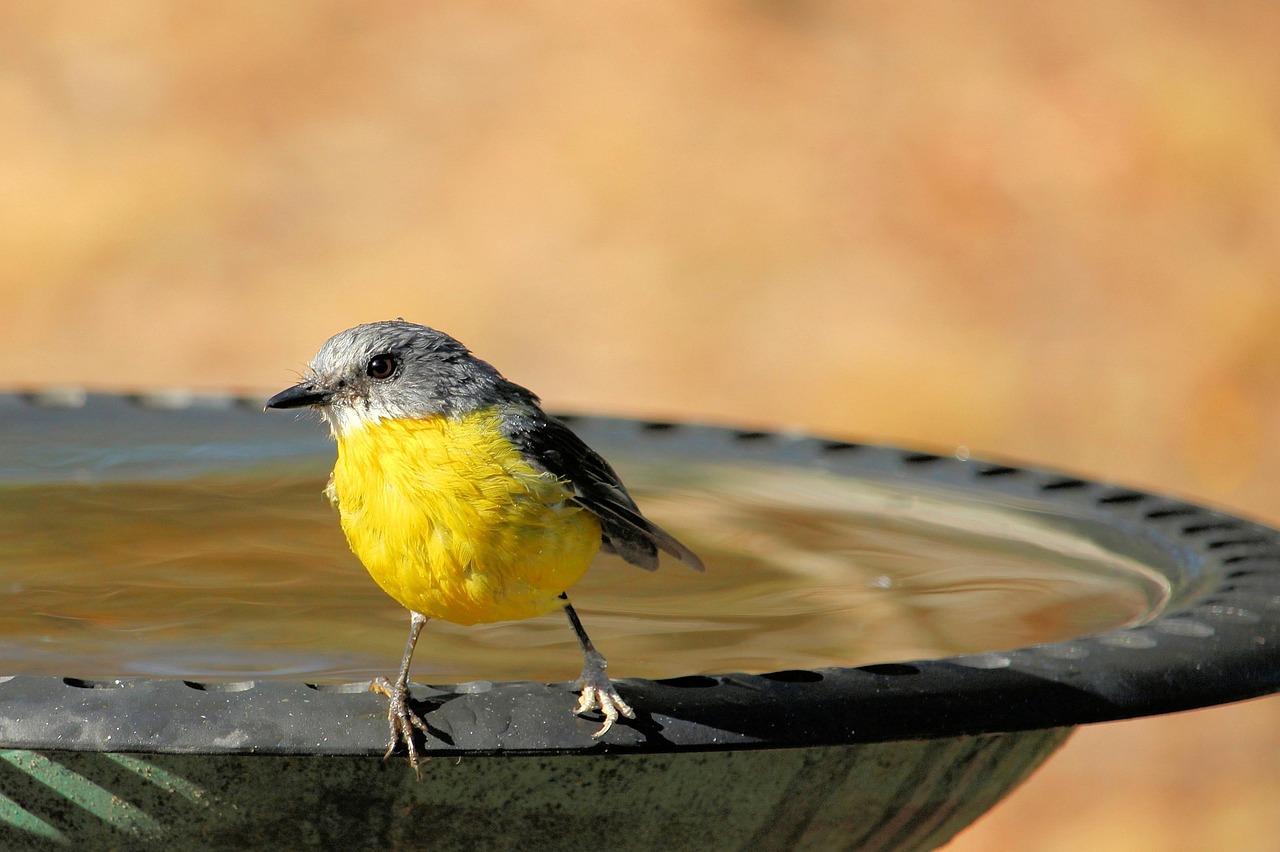
While feeders provide essential nourishment, birds also need fresh water for drinking and bathing. A clean birdbath can attract species that might not visit feeders. Place the birdbath in a shaded area to keep the water cool and reduce evaporation. Change the water every few days to prevent mosquito breeding and algae growth. In winter, consider using a birdbath heater to provide a reliable water source during freezing temperatures. Remember, a hydrated bird is a happy bird.
Using Harmful Pesticides
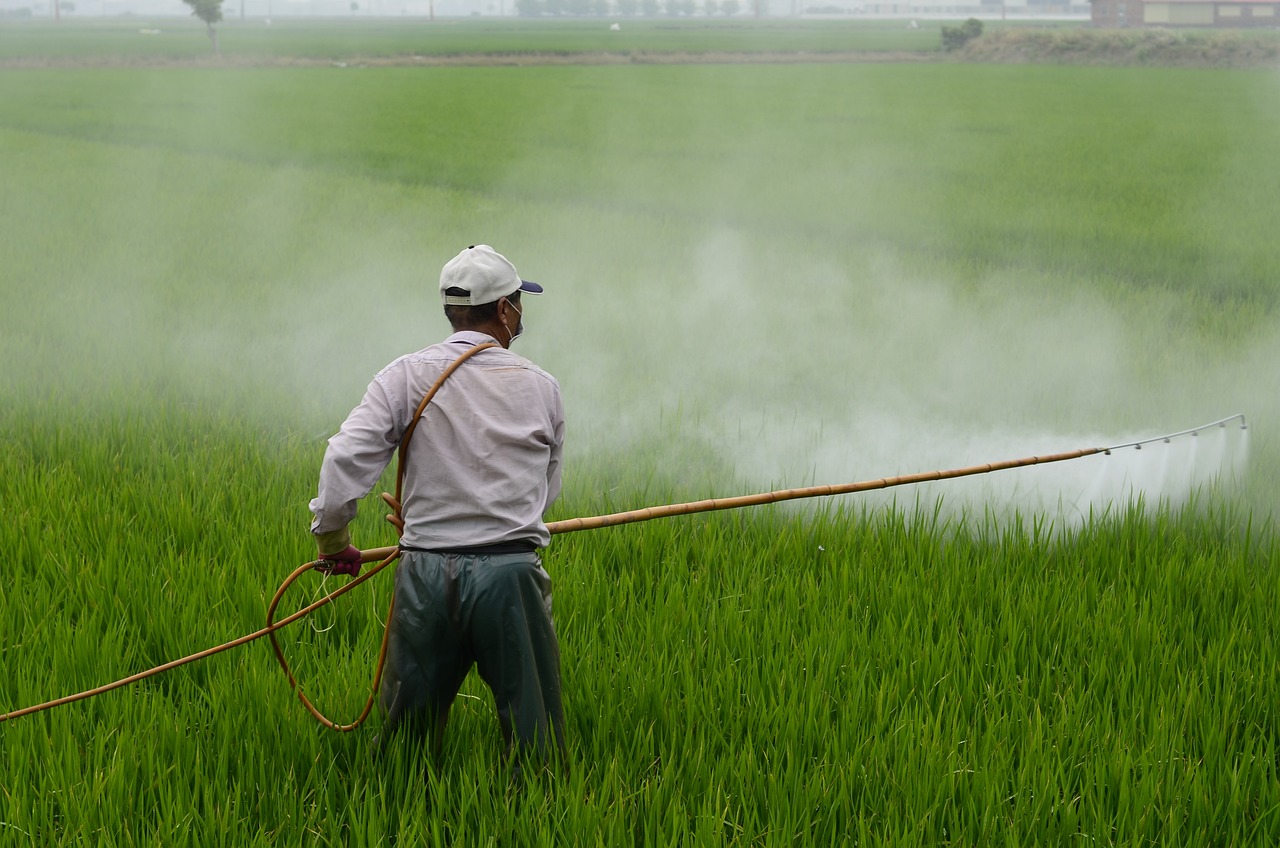
Pesticides can have unintended consequences on the bird population. Even sub-lethal exposure can disorient birds during migration, reduce their ability to maintain weight, and decrease their capacity to avoid predators. Opt for natural pest control methods in your garden. Encouraging beneficial insects, using companion planting, and introducing natural predators like ladybugs can help manage pests without harming birds. By creating a balanced ecosystem, you support both plant health and bird well-being.
Allowing Outdoor Cats Near Feeders
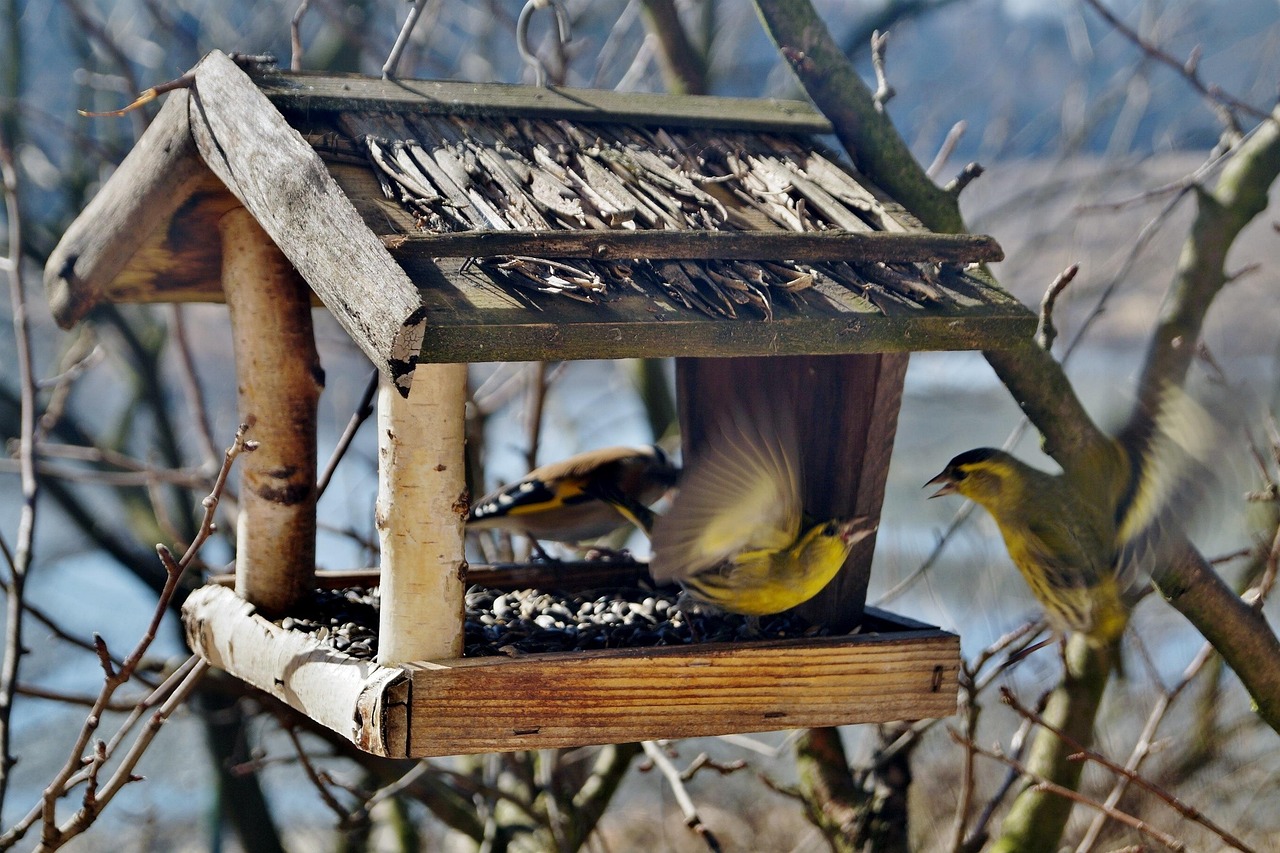
Domestic cats are natural predators and can pose a significant threat to visiting birds. Even well-fed cats have hunting instincts that can lead to decreased bird populations in your area. To protect birds, keep cats indoors or provide them with a safe outdoor enclosure. If neighborhood cats are a concern, consider placing feeders on poles with baffles to prevent feline access. Additionally, avoid ground feeding and ensure feeders are placed in open areas where birds can easily spot approaching predators.
Overfilling Feeders
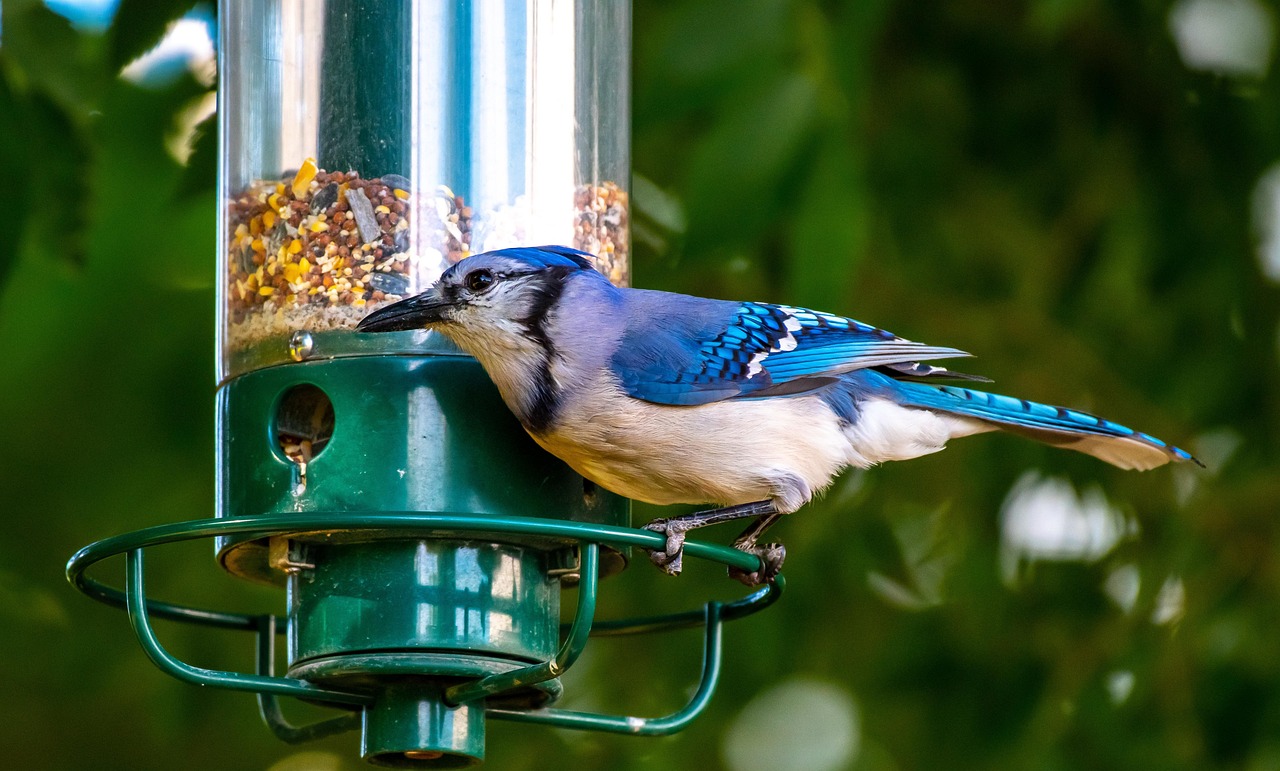
While it might seem generous to fill feeders to the brim, overfilling can lead to seed spoilage, especially in damp conditions. Spoiled seeds can harbor mold and bacteria harmful to birds. It’s better to fill feeders with an amount that birds can consume in a day or two. This practice ensures that the food remains fresh and reduces waste. Regularly monitor the amount of food being consumed and adjust accordingly to maintain a healthy feeding environment.
By addressing these common mistakes, you can create a safe and inviting haven for birds in your backyard. Remember, a little attention to detail goes a long way in supporting our avian friends.
